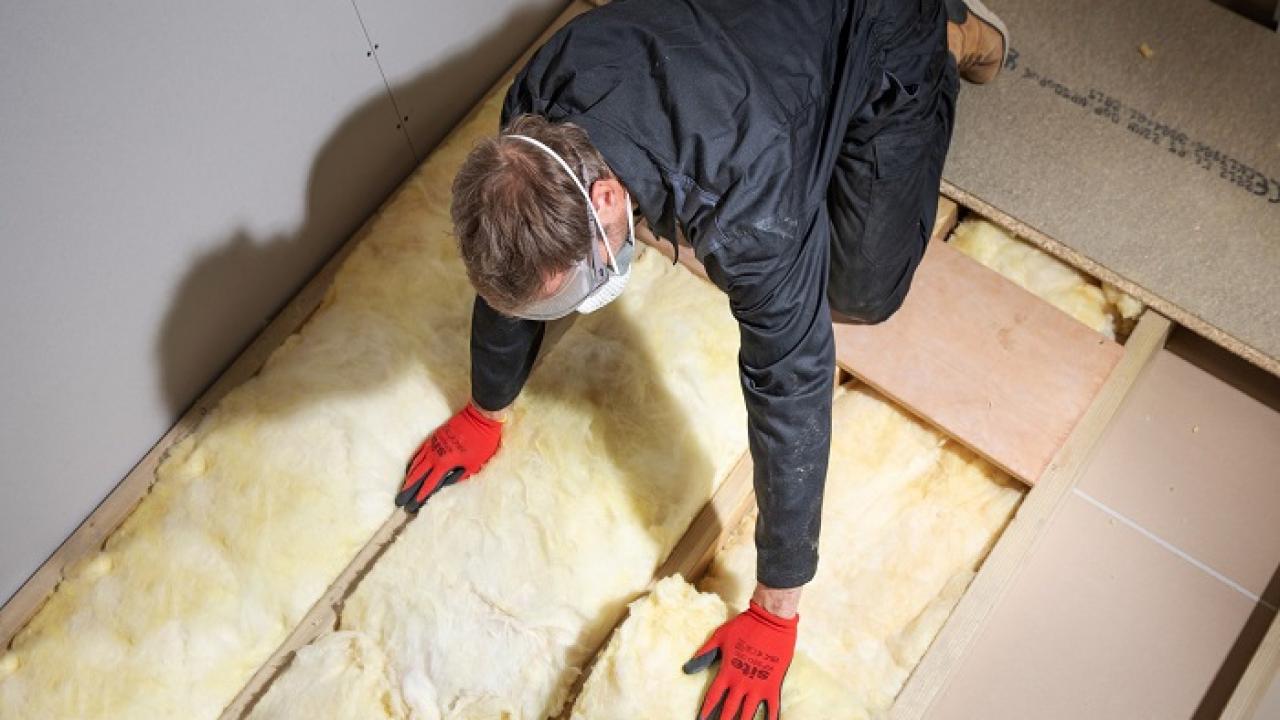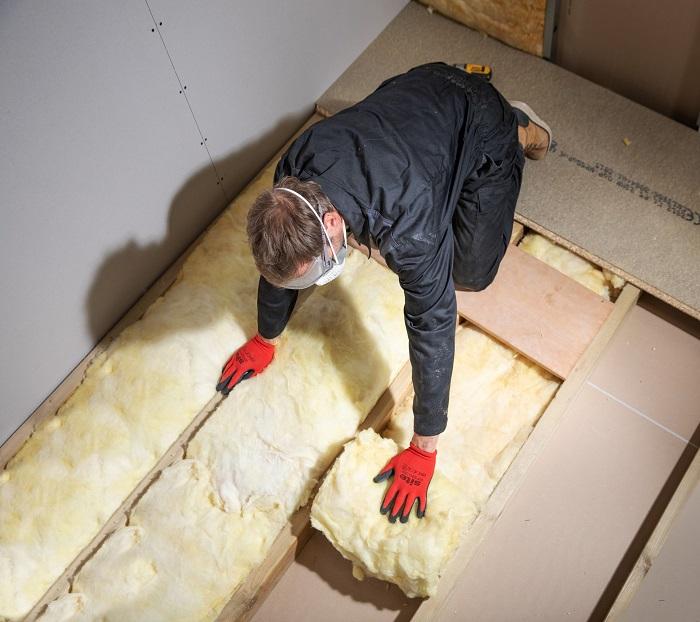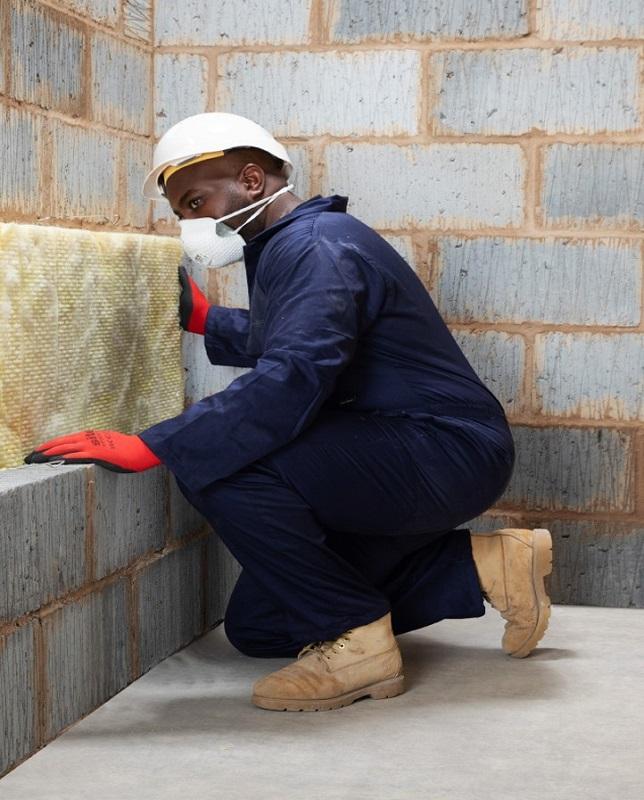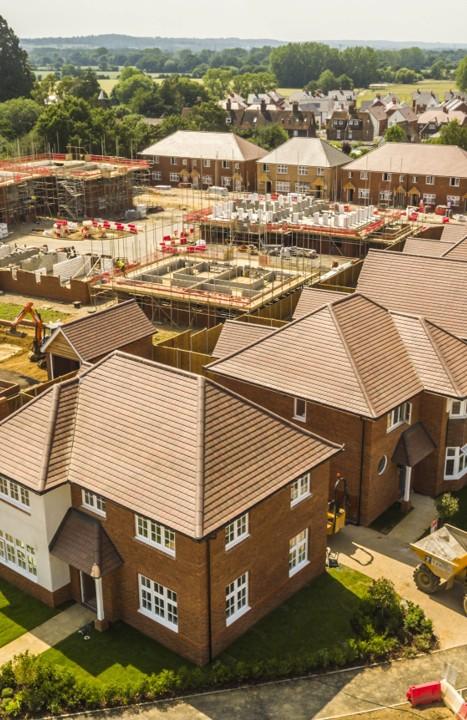

How glass mineral wool insulation is shaping the Net Zero built environment
The construction industry is dealing with a stark reality in 2025: it must change the way it operates in order to meet the evolving priorities of a world struggling in the fight to combat climate change.
Every industry has a responsibility to lower its own carbon footprint as part of the UK’s global effort to reduce emissions – and this will require changes moving forwards. However, construction is tasked with truly turning the dial and doing things in an entirely different way: because it is currently one of the biggest contributors to emissions.
According to Architecture 2030 , the built environment is responsible for about 42% of annual global CO₂ emissions. This means nearly half of the world’s carbon emissions driving climate change come from the construction and operation of buildings. Greenhouse gas emissions produced by the UK construction industry alone reached almost 11 million metric tonnes of CO₂ equivalent in 2022.
These numbers must come down. This has led to The Royal Institute of British Architects (RIBA) developing the 2030 Climate Challenge, which encourages architects to design buildings that dramatically cut carbon and resource use. As a result, we are seeing a shift towards a new kind of industry known as the “Net Zero built environment”.
This new approach prioritises energy efficiency through design strategies and renewable sources, but also involves minimising the embodied carbon in materials and considering their lifecycle impacts. One of the instrumental materials helping construction adapt to this era is glass mineral wool insulation.

Regulation in a new built environment
In the UK, a number of building regulations and policy measures have been introduced or updated to support more sustainable construction practices in recent years. These regulations are aimed at encouraging design and construction with energy efficiency in mind.
These include the Building Regulations Part L (Conservation of fuel and power, Volume 1: Dwellings, 2021 edition incorporating 2023 amendments) – which requires lower U-values, more efficient heating systems and airtightness improvements – and the eventual implementation of the Future Homes Standard, which demands that all new build homes must produce “75 to 80% less carbon emissions” compared to homes built under 2013 standards.
Another overhaul of building regulations has also arrived in the form of the Building Safety Act (BSA) which has introduced stricter rules around how residential and commercial buildings should be constructed, maintained and made safe.
New regulations require a new approach which involves embracing advanced materials that can meet the necessary criteria. Glass mineral wool insulation can help. This insulation material can be used in a wide range of applications to meet the thermal requirements for Approved Document L and Technical Handbook 6. Superglass glass mineral wool insulation products are deemed non-combustible with a fire classification of Euroclass A1(the highest possible rating) when tested to BS EN 13501-1:2018 Reaction to Fire. The insulation can therefore be used in appropriate applications in high rises where A1 or A2-s1,d0 non-combustible products need to be specified.
The majority of Superglass glass mineral wool product sets have also been assessed by The Code for Construction Product Information (CCPI) – which is about ensuring product information is clear, accurate, and up-to-date. Superglass was the first insulation manufacturer to have multiple product sets assessed in this way. This means that specifiers, installers, housebuilders and stockists can rely on information provided by Superglass as it conforms to CCPI’s codes.

How Superglass is playing a key role in the Net Zero built environment
Adhering to new legislation, however, is only part of the solution. The construction industry is expected to take a holistic approach to sustainability in order to create a Net Zero built environment: not just cutting carbon emissions, but also factoring in resource efficiency and climate resilience.
This is where glass mineral wool can have impact and has the potential to support more energy-efficient buildings – lowering a building’s operational energy needs while being made in a way that minimises environmental impact. This begins at the point of conception, with Superglass’ glass mineral wool containing up to 84% recycled glass content, reducing raw material extraction and energy consumption. It is also produced in facilities with environmental certification ISO 14001:2015 which is proof that water and waste are being managed carefully in the manufacturing process.
This process is supporting the sector on a national level in terms of waste reduction. In 2023, the UK glass mineral wool insulation industry used an estimated 181,000 tonnes of recycled glass as a raw material: diverting this from landfill and transforming this into glass mineral wool insulation instead. Superglass insulation contains no ozone-depleting substances or greenhouse gases in its composition. Superglass is also part of the recovery, repair and reuse scheme The Pallet LOOP (which designs pallets to be collected and put back into the building materials supply chain).

Occupant health and community benefits are also part of the Net Zero built environment. Glass mineral wool insulates by trapping and holding air within its fibres, enhancing comfort for building occupants by keeping the buildings warmer in winter and cooler in summer. The material also absorbs and dampens sound waves, which helps reduce sound transmission through walls, floors and ceilings for a more peaceful living space.
The Net Zero built environment is a new dawn for the industry with many changes still to come. However, it is one that Superglass is actively helping to make a reality.
For more information on how Superglass’ glass mineral wool insulation is supporting the transition to a Net Zero built environment, visit: https://www.superglass.co.uk/.

